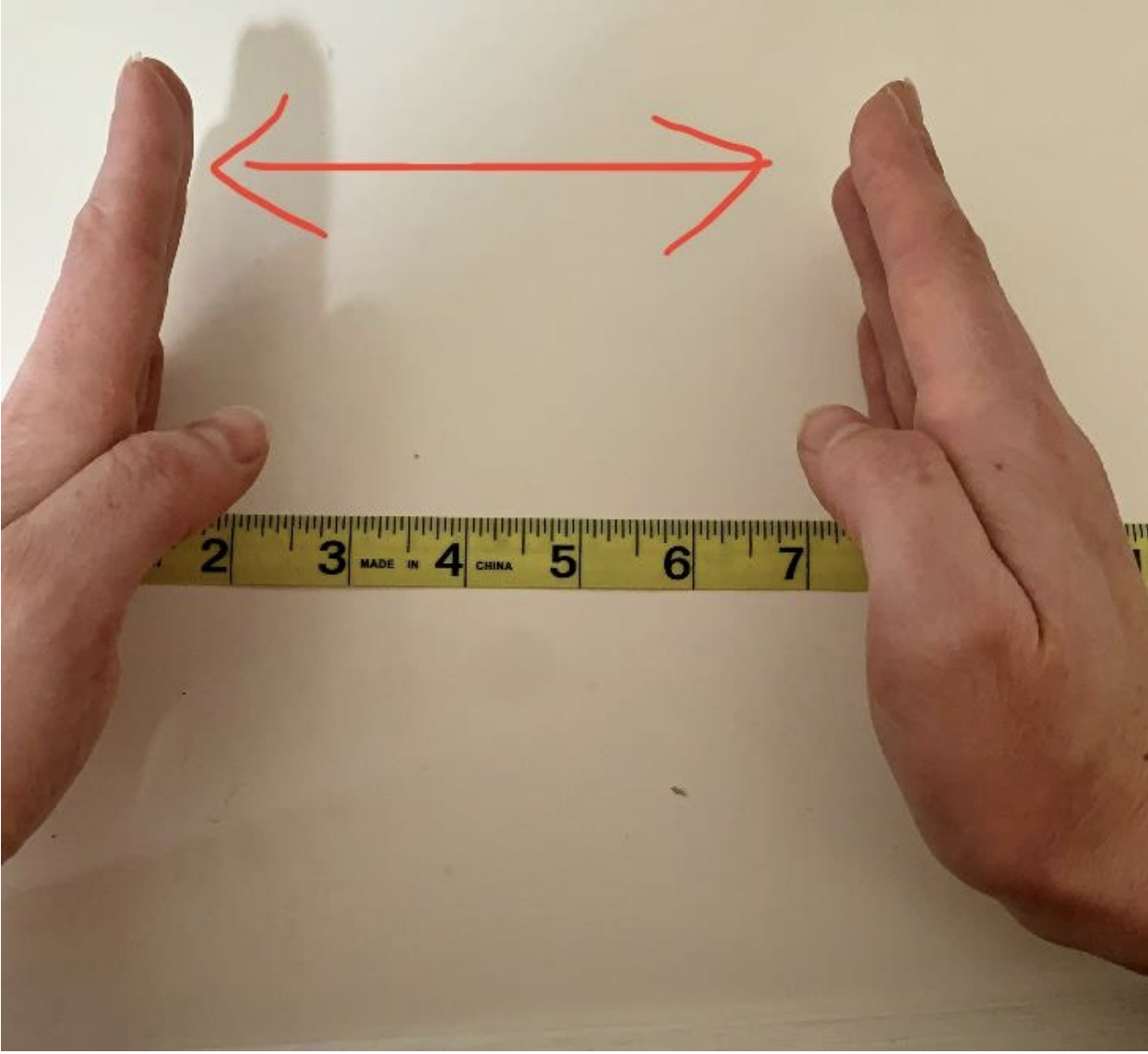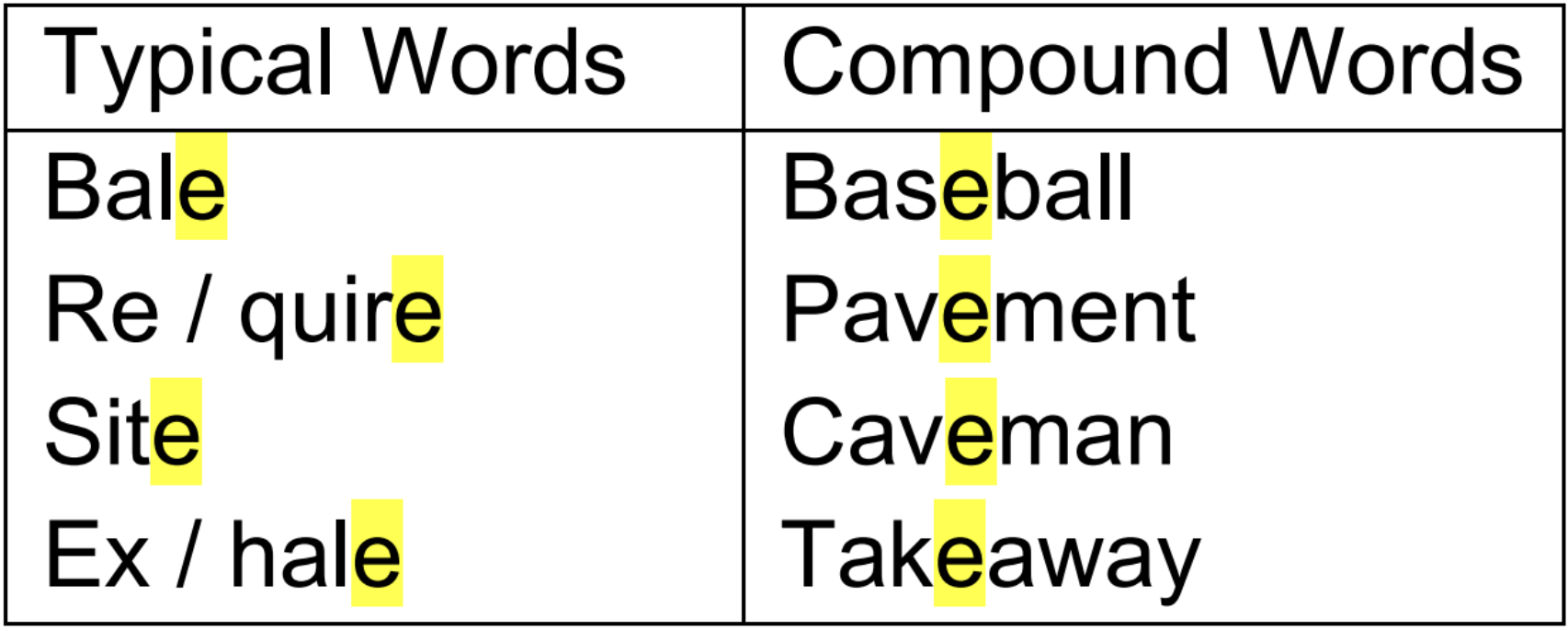“Ope! Fish on! Fish on! It’s a big one! Get the net, quick!” Adrenaline pumping, I scramble for the big aluminum fishing net, bumping into at least three other people hoping to be the hero of today’s fishing trip. “Quick! She’s gonna break!” As the fish thrashes just above the surface, I catch a glance at its glistening camouflage. It’s a pike, and it’s a big one, its sharp teeth threatening to slice the line before it even makes it in the boat. As my heart pounds in my ears, I grab the net with both hands and scoop up the biggest catch of the day. My father beams as he carefully unhooks his catch. This is it: the big one!
 Photo by Brady Rogers on Unsplash
Photo by Brady Rogers on Unsplash
Growing up in Wisconsin, the story of ‘the big one’ was a familiar one. There was one nearly every summer, and every time it was told, the wrangling got just a little more dramatic, and the fish got a little bit bigger. You see, with the fish tale, there is just as much craft in telling the story as there is in actually catching the fish.
If you’re wondering what fish tales have to do with spelling, I’ll leave you with a hint: our next spelling rule smells a little ‘fishy.’
Before You Begin
This will be our first silent E spelling rule in a series of rules centered around silent E concepts. Before teaching this spelling rule to your students, make sure they can...
Thoughts on Silent E
Silent E, often called magic E, is one of those elusive spelling concepts that seems to mystify many of our students. It is not uncommon to see a student plop a silent E on the end of a word to make it “look right” without really knowing its purpose. This is why I tell my students that there is ALWAYS a reason for silent E. In this blog post, you will learn the first reason for silent E, so without further ado, let me introduce you to our “fish tale,” Prize Pike.

Here's the Prize Pike Rule:
You see, just like the Wisconsin fisherfolk like to hold up their hands to demonstrate just how long their prize catch was, the silent E will also make the vowel long. I often pair this rule with a two-handed gesture to help students remember that they might use silent E to make the vowel long.

Let's Tell the Whole Story
There’s a bit more to our fish tale that’s important to point out to students. To frame this part of the story, I want you to imagine that you’re wrangling in that prize pike, and there’s a moment where it jumps out of the water before you finally yank it into the boat. Silent E jumps too! Silent E will jump over one consonant to make the vowel in front of it long, but it cannot jump over more than one consonant. Let’s look at an example:
![]()
Notice that the silent E is jumping over the letter ‘k’ to make the ‘a’ long. Now, what if I played with this word a bit and placed two letters after the vowel? Let me show you what I mean...![]()
Now, the silent E can no longer make the ‘a’ long because it can’t jump over two consonants; silent E can only jump over one. Thus, ‘a’ changed back to its short sound. Now, the word, ‘lack,’ also brings up an old rule, but an important rule, Sick Elk. Remember this guy?

If you recall, our Sick Elk rule tells us that after a short vowel, you’ll spell /k/ with a ‘ck,’ such as in the word, ‘lack.’ However, if you happen to hear a /k/ sound after a long vowel, use a ‘k,’ just like we used in the word ‘lake.’
I often give students time to practice spelling words with silent E using a good variety of real and nonsense words with different vowels. You can find some great word lists and practice pages in our Silver Moon Spelling Rules Kit 2. It’s also helpful to prompt students to draw that arrow from the silent E to the vowel that it changes (check out an example of this above).
Tip: You can make this fun by drawing a little fish jumping over that one consonant!
Silent E in Multisyllable Words
Once your student has mastered the smaller, one syllable words, it’s time for them to toss out their lines and yank in the big ones! When working with longer, multisyllable words, it’s important to emphasize the following:

Notice that I did not mark the silent E. Silent E does not count because it is not a ‘voiced’ vowel sound. In other words, if we can’t hear it, it doesn’t count. I often prompt students to put a line through silent E. They may also choose to put an ‘x’ above it to remind them that silent E does not count when we are dividing words into syllables.

Next, I can use my syllable division rules to divide the word into its two syllables, still ignoring silent E for now.

For more on strategies for reading and spelling multisyllable words, check out our free Silver Moon Spelling video library!

Important Tips to Consider
Time to Pull in the Lines
The sun is setting, and it’s time to pull in the fishing lines and pack up the gear. It has been another successful fishing trip full of fish tales to retell for years to come! I hope you’ve gained some helpful tips for introducing your students to our Prize Pike rule. For additional practice, I’ve provided you with a great set of FREE resources that you can add to the ole tackle box! Simply click, download, and print.
Prize Pike Reproducibles Here!
As always, if you found this blog helpful, please share it with your fellow teachers, parents, and interventionists. Interested in learning more? Check out more of our blogs HERE, and don’t forget to check out our complete guide to spelling at www.Silvermoonspellingrules.com
Happy Teaching!
Written by:
Kate Wagner, BSE
Reading Interventionist, Remote Learning Coach